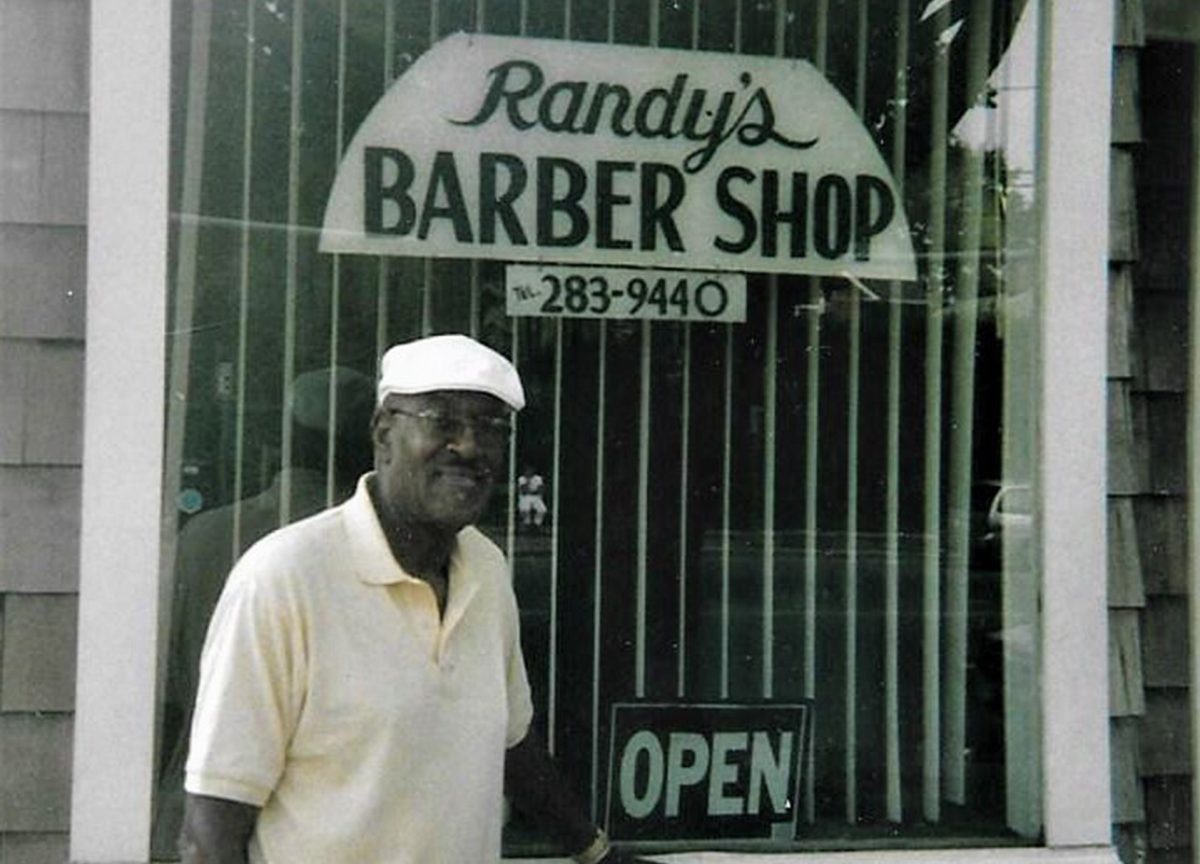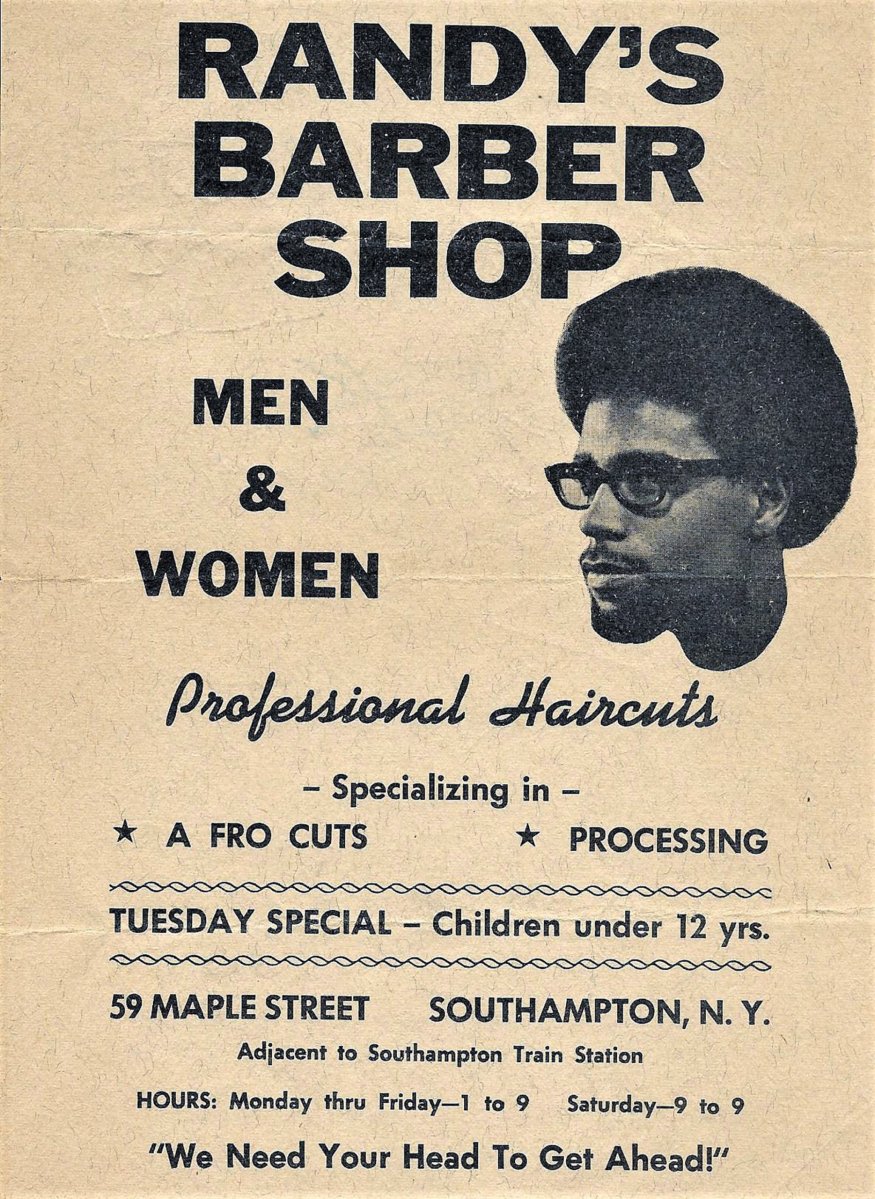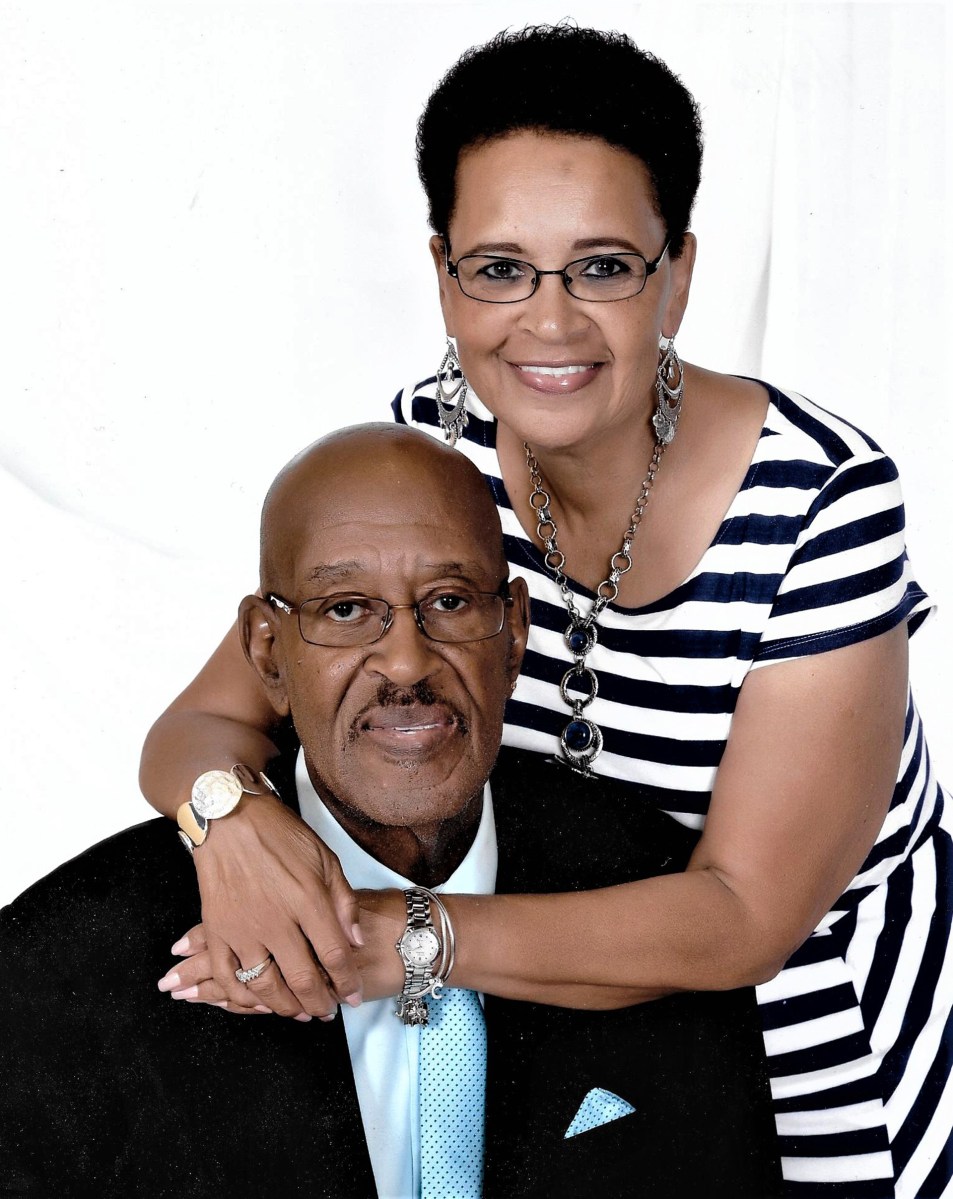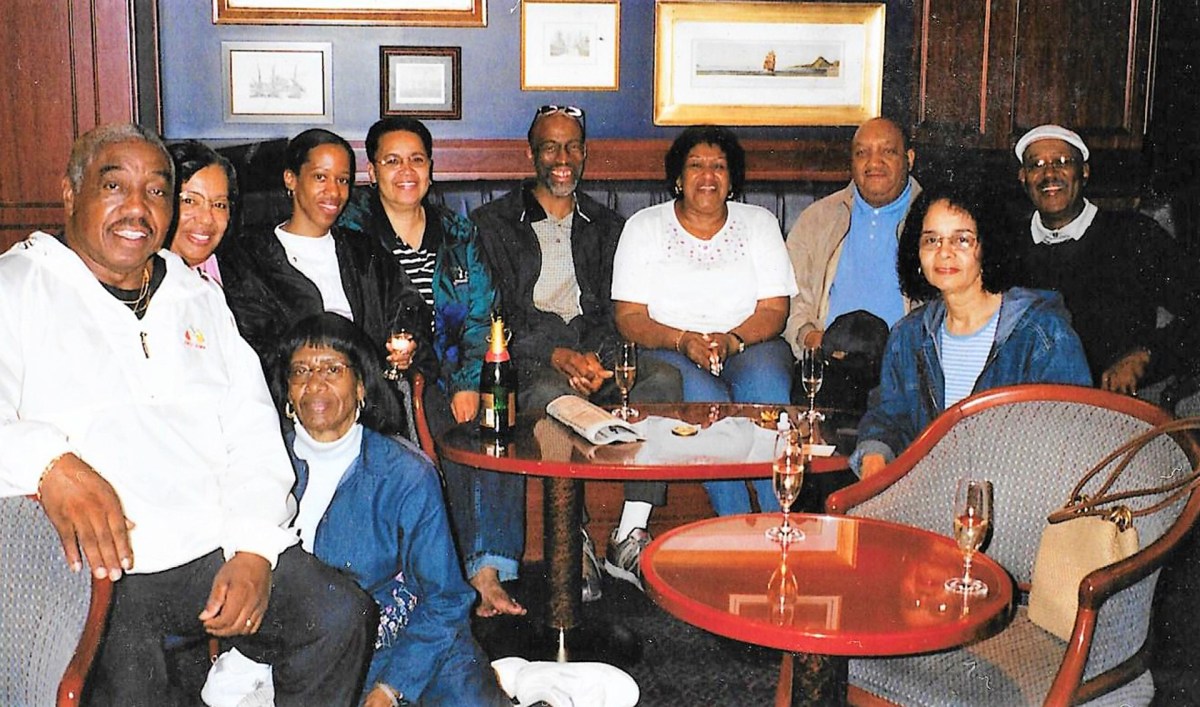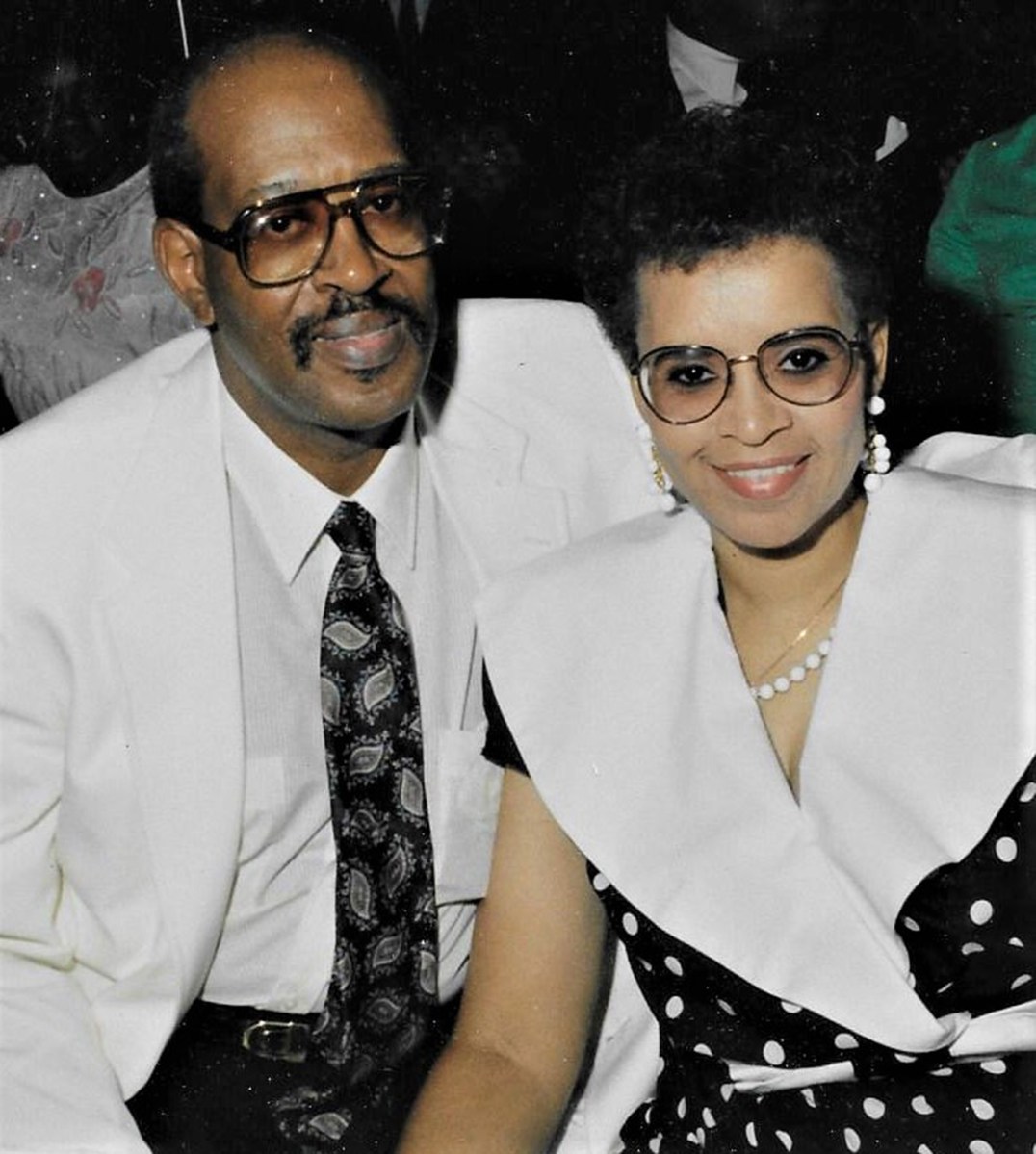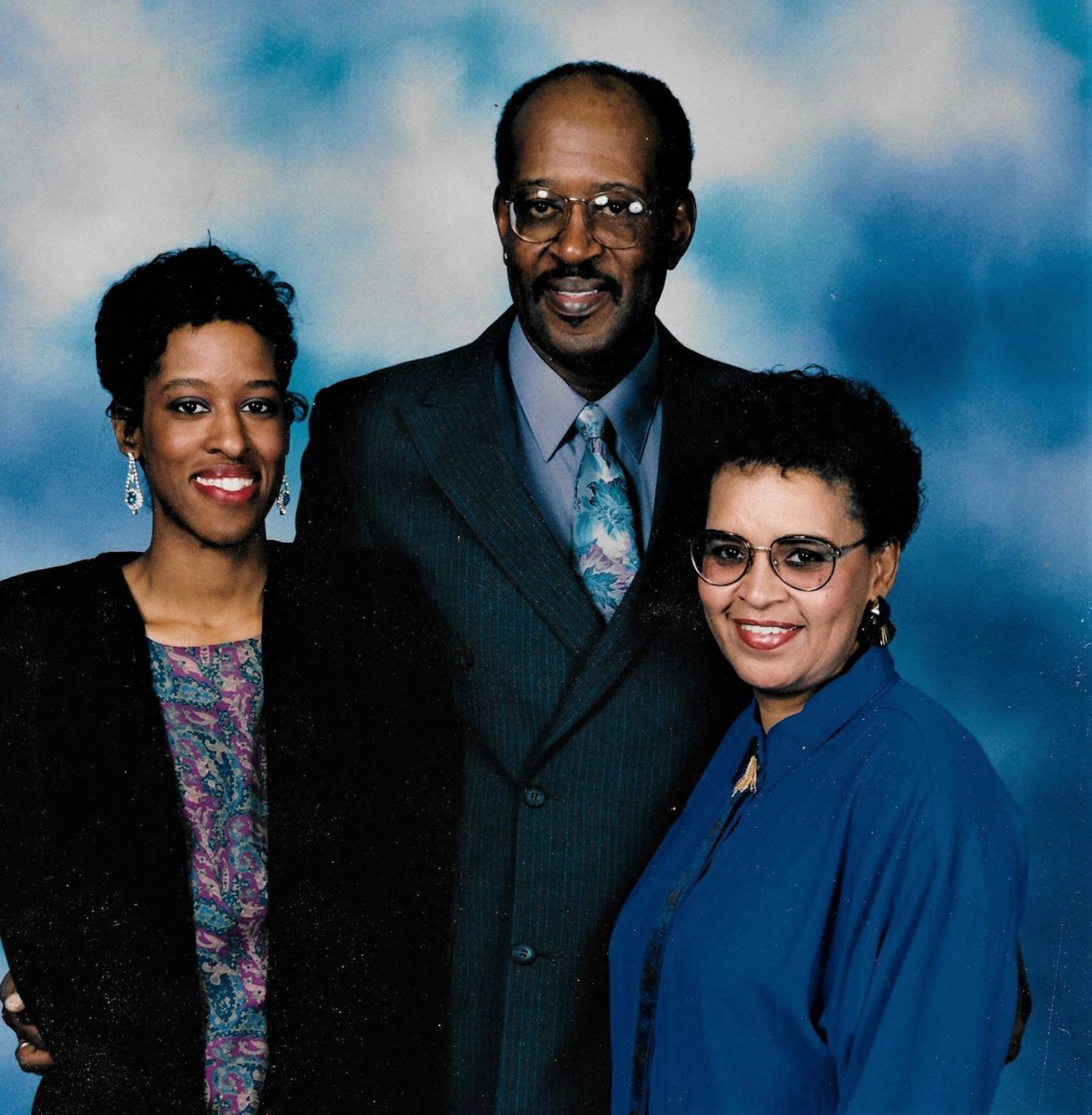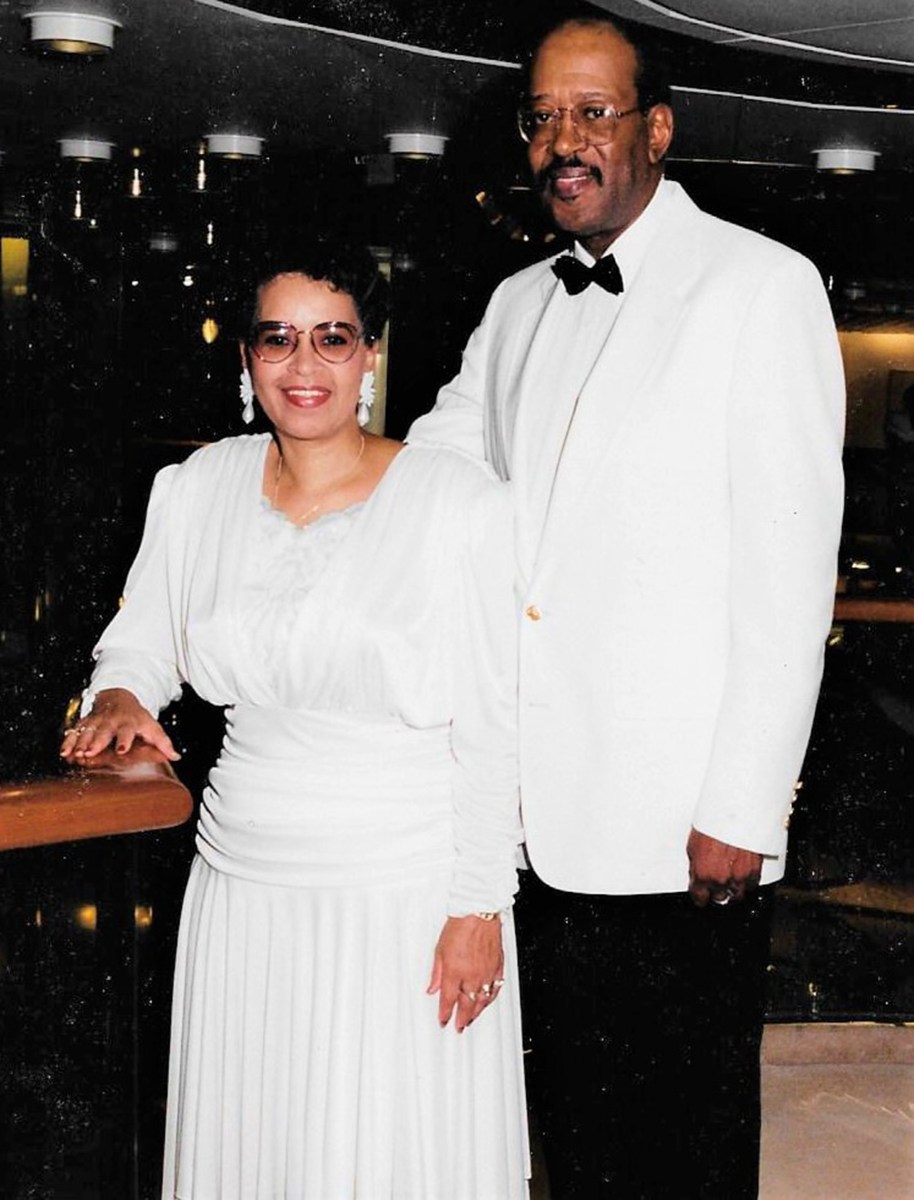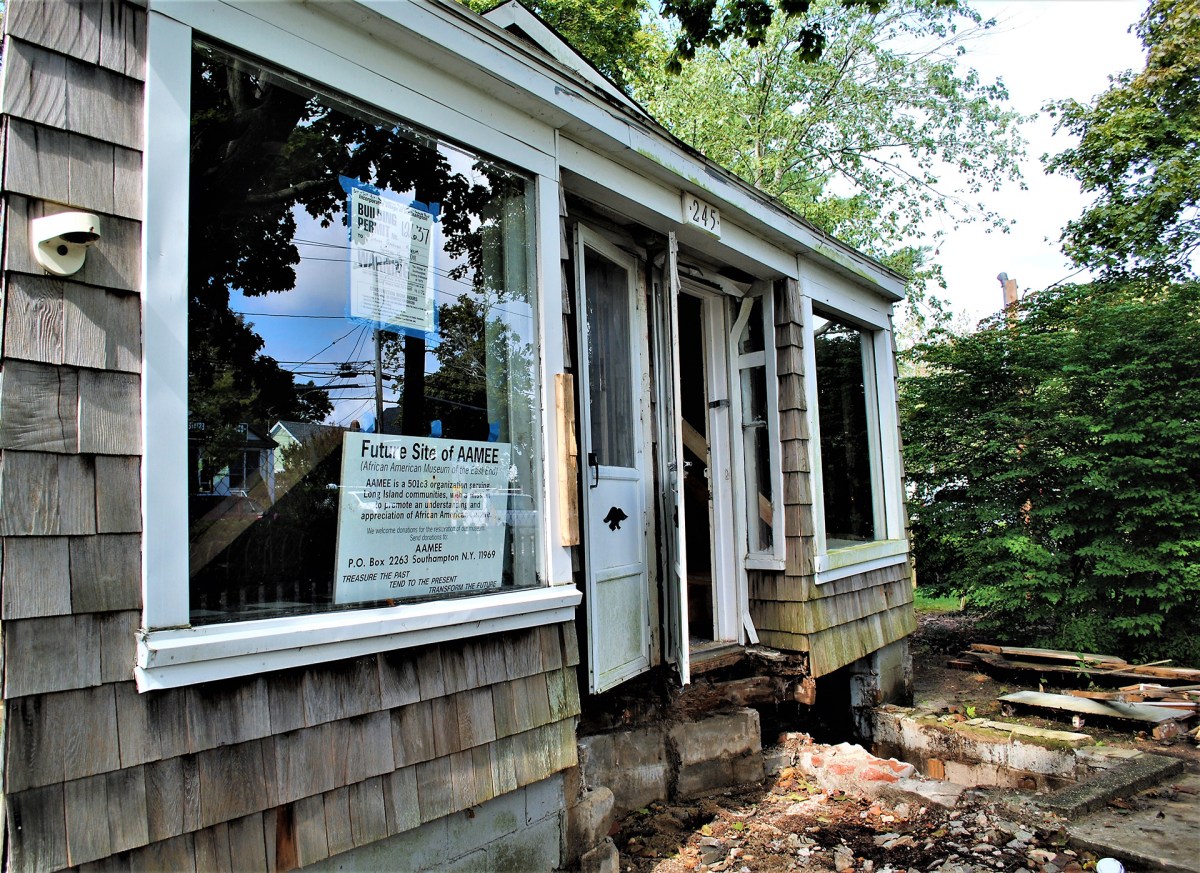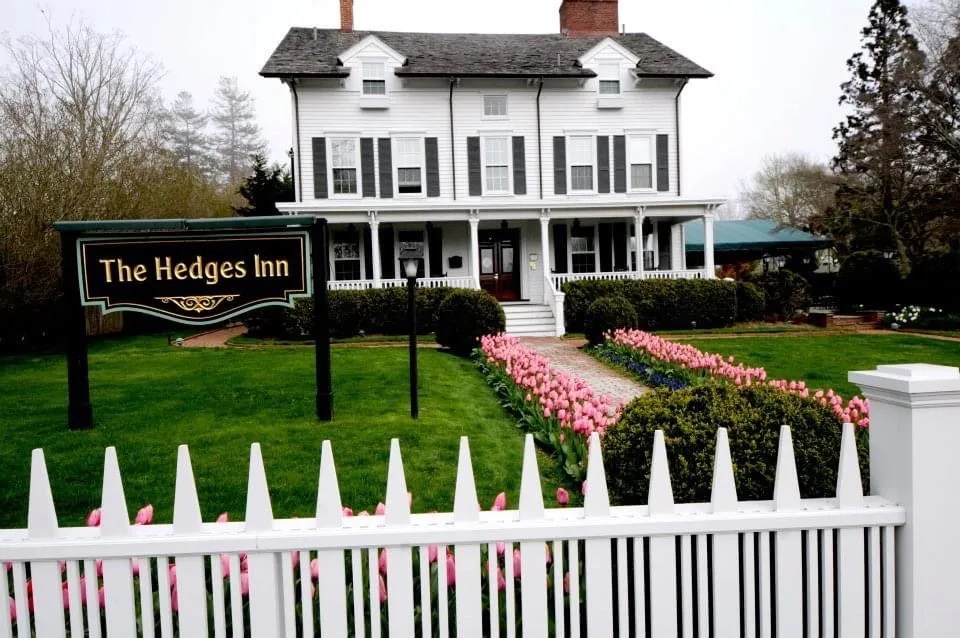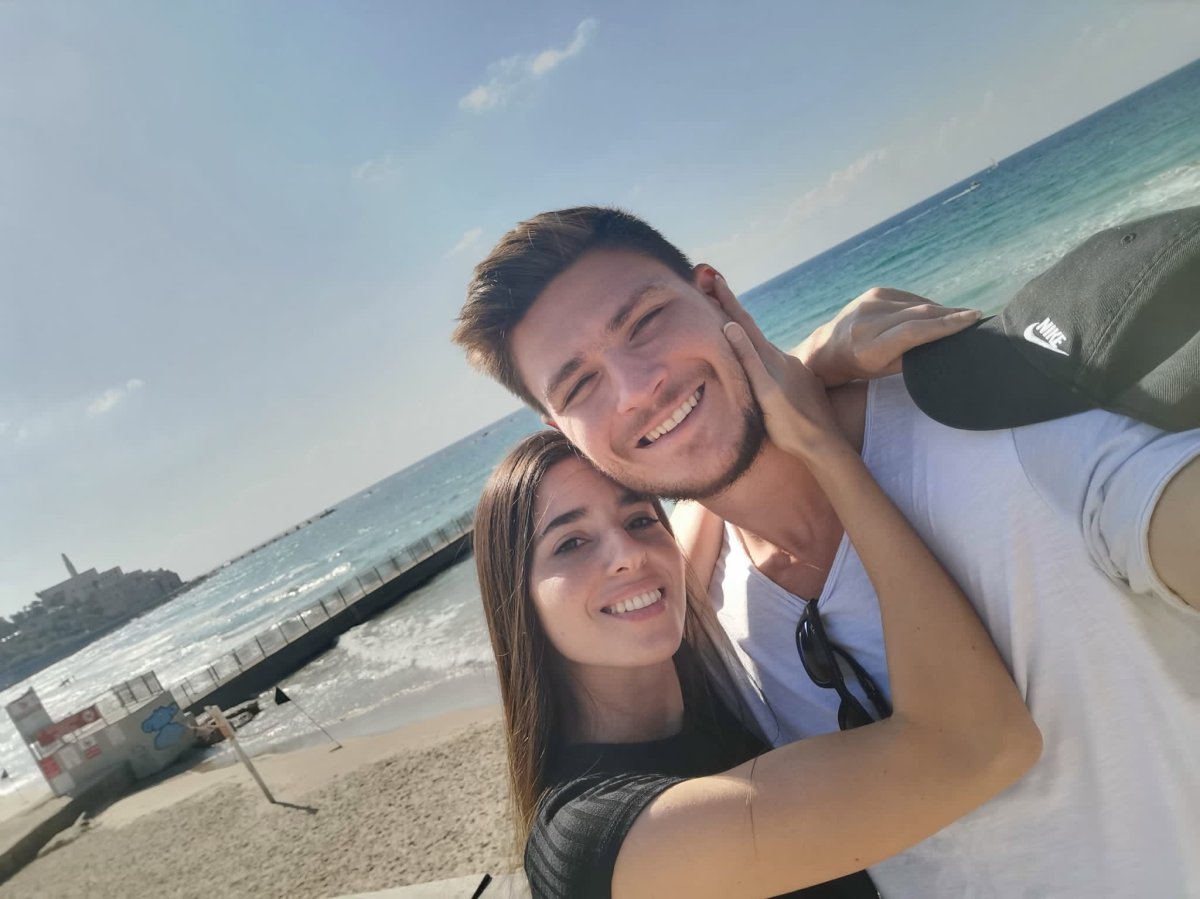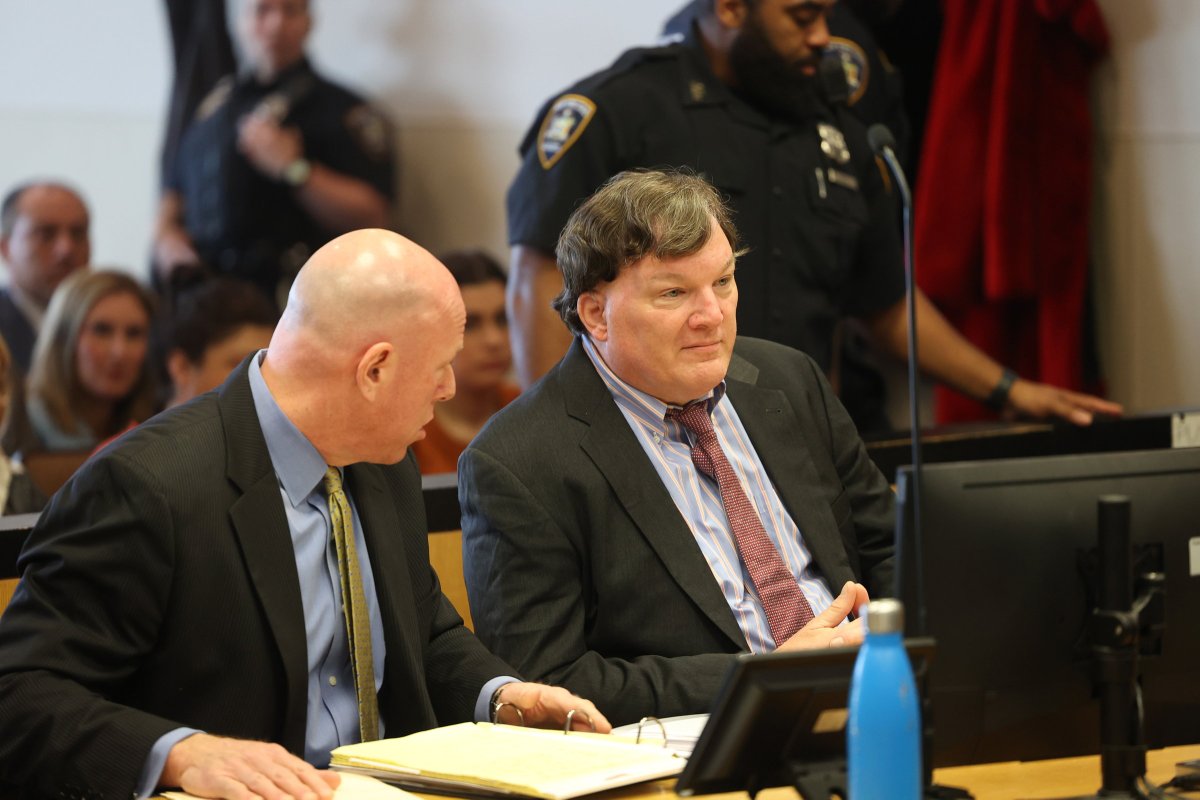A Walk Down Memory Lane With Randy Conquest
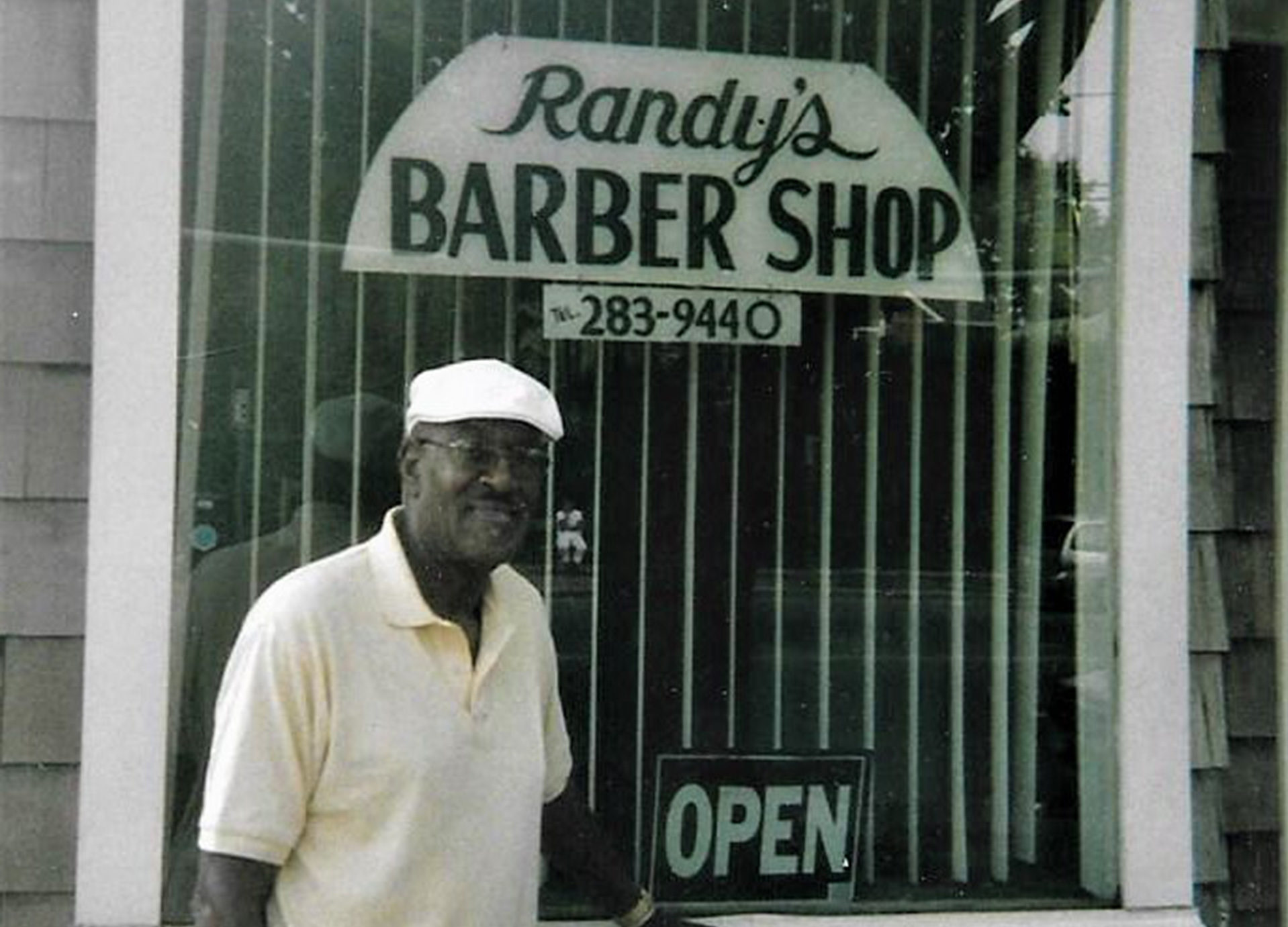
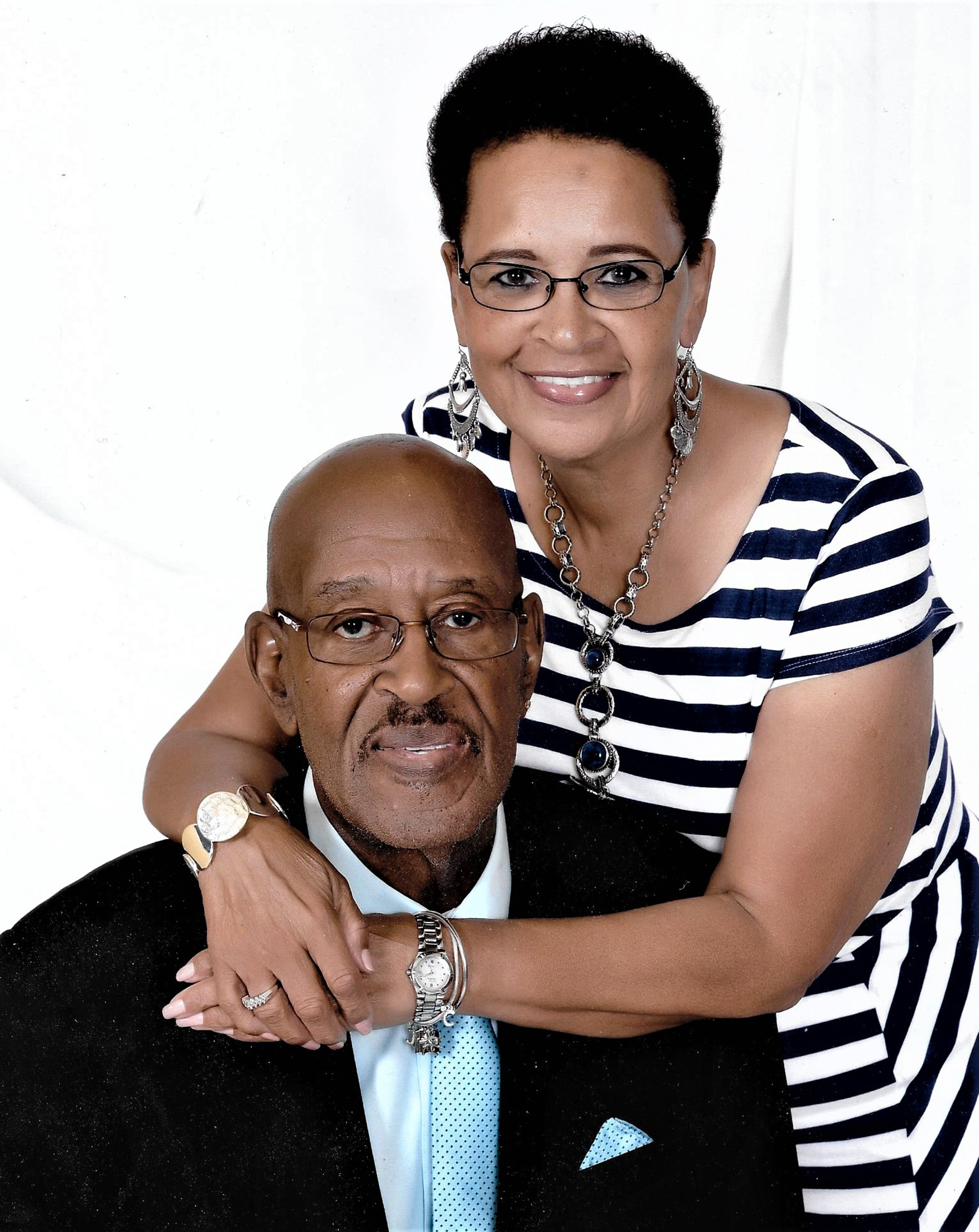
Nothing good comes easy,” said Randy Conquest gazing at his wife Jo Ann with a smile. “I remember the first time I saw her walking down the street. I was with my brother-in-law and we were driving in his car. I yelled at him to pull over. I told him ‘If you don’t pull over I’m going to jump out!’ He had no choice but to stop and I walked over to Jo Ann and said, ‘One day I’m going to marry you.’ I don’t know what came over me, but when I saw her walking down the street I had a vision, I saw children and a family and I was happy. I knew she was the one,” said Conquest. They started dating and were married in 1963, and have three children, Dean, Randi, and Kandi.
With roots in England, Randy’s father, David Wesley Conquest, was born in 1895, and his mother, Minnie, in 1898. Randy was born into the Conquest family in 1937 and grew up on Gallo Duck Farm in East Patchogue, after the family moved from Virginia. The 45-acre farm was home to thousands of ducks, which were raised annually. As a child he recalls chasing the ducks to get them back in their pens before nightfall and admits that he’s not very fond of them after having lived among them for so many years. With a shake of his head, Conquest pondered why he has two statues of ducks adorning his beautifully manicured front lawn.
After graduating Patchogue High School in 1956, Conquest attended the Tyler Barber School in New York City and obtained his state license. During his nine-month course, Conquest recalled one of the other students in his class. “Bootsie really wanted to be a barber, but he was too heavy-handed. He didn’t have the gift,” he said. “I call it a gift because it’s not the type of thing that can really be taught. You just have to have the feel for it; it’s really an art. You either have it or you don’t. I felt sad for Bootsie because he really wanted to be a barber.”
With his license in hand, Conquest worked in many different shops from the Bronx to Long Island and was also on staff at the Central Islip Psychiatric Center as a barber providing haircuts and shaves to patients. In 1969, Conquest had the opportunity to open a shop in Southampton on Maple Avenue near the railroad station. Randy’s Barbershop became the first African American barber shop in the community. The shop became a social meeting place as customers enjoyed its friendly, comfortable, and welcoming atmosphere.
“We had a lot of hangers-on,” Conquest said. “They’d come in and get a haircut and share funny stories. One day, ‘Bub’ Seymour told us about the time Sugar Ray Robinson’s training guy couldn’t make it to the workout. They told Bub to get in the ring with Ray and Ray hit him so hard that he thought he’d never get up! We were never short of good stories.”
After 10 years, Conquest purchased the building on North Sea Road, which had housed Emanuel Seymour’s barbershop and which included a beauty salon. Over the course of his more than 50 years as a barber, Conquest has sponsored many apprentices, happily giving others the opportunity to learn the trade. “There was a young man, Clyde Hallman, whose hair I cut for 35 years. One day when he came in for a haircut he told me he liked to cut hair. I took him on as an apprentice. He had the gift, he was a natural,” Conquest said with a smile. “Charlie Green, Augustus (Gus) Stewart, Joey McCoy, and Artie Williams were also apprentices of mine,” he added.
When Conquest retired in 2006, Gus Stewart, who was working with him at the time, continued to run the shop. Shortly after, Gus moved to Atlanta and the shop closed permanently and Randy placed it on the market.
To many, however, the building held too many memories because it had served as a popular social gathering spot unlike any other in Southampton Town. A member of the community, Gloria Cannon, proposed that the building, which was built in 1950, should receive historical status and be made into an African American museum. Gloria’s daughter, Bonnie Cannon, and Brenda Simmons, whose aunt, Evelyn Baxter, ran the adjoining beauty salon with her partner, Katherine Spellman, went to work to achieve their goal. “When I was approached with the idea,” Conquest said, “I thought it was a great idea, but I had no idea how to make it happen. Bonnie and Brenda worked really hard to make it a reality.”
In October 2006, Conquest’s building was purchased with money from the Community Preservation Fund. “It took four years before the building received its historic status and another eight years after that before construction actually began to preserve and restore it,” he said. A groundbreaking ceremony was held on July 7, 2018 for the African American Museum of the East End.
Designed by Southampton architect Siamak Samii, the restoration work has just begun with hopes that the museum will be completed and ready to open in the spring of 2019. “The building needs a lot of work. The structure and foundation are not sound,” said William Proefriedt, the president of WGP Contracting Inc., as workers were preparing to move the building off its foundation on October 3.
Proud of the efforts of the many members of the community who came forward to preserve the legacy of the building that holds his memories, hardly a day goes by that Conquest is not seen stopping by the job site to watch the progress.
“It took a long time to get going, but like I already said,” he added with a smile, “nothing good comes easy.”
valerie@indyeastend.com
